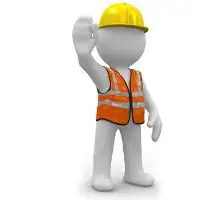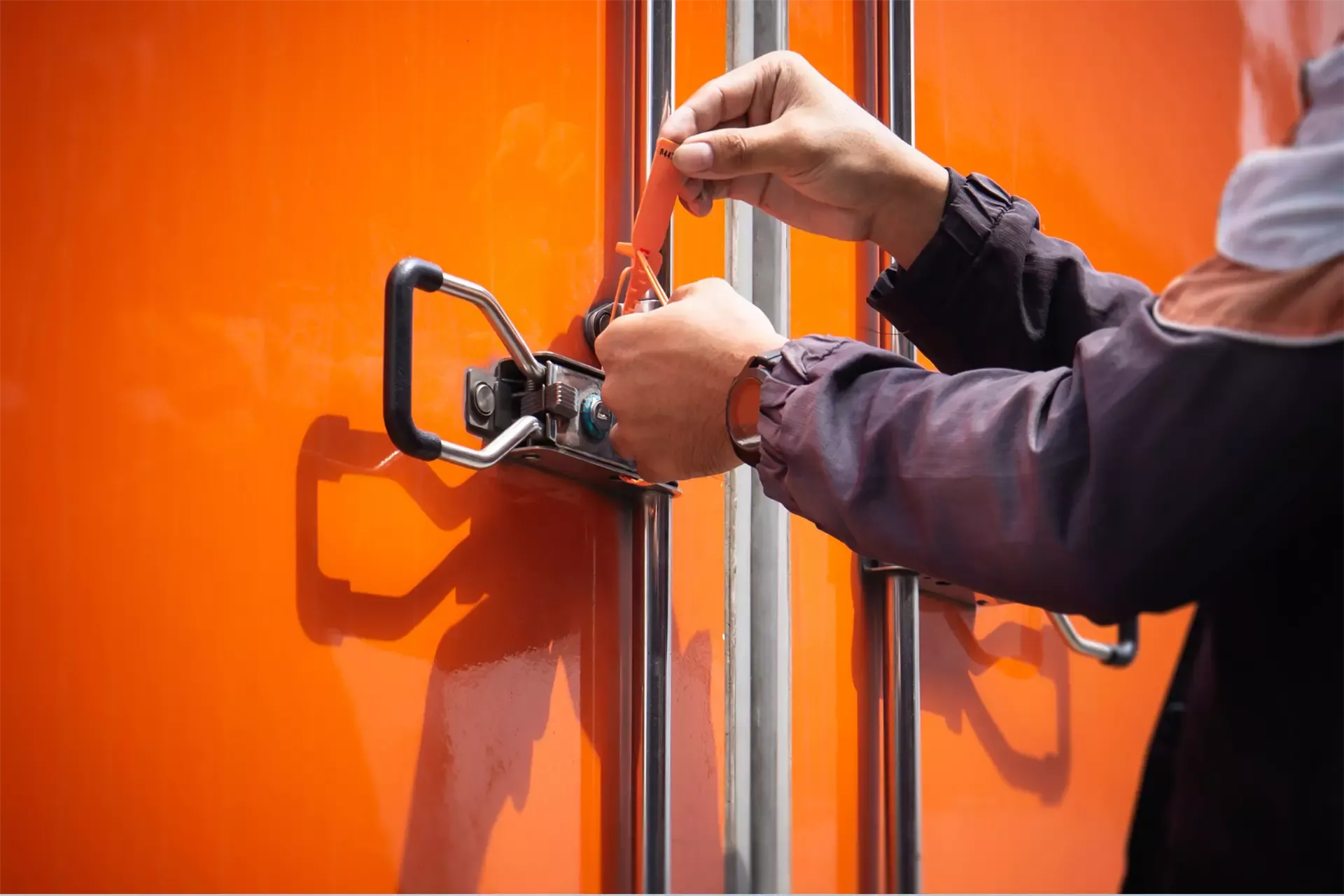Construction helmet: what should you check before choosing?

Construction helmet: what should you check before choosing?
The construction helmet is an indispensable safety element for people working on construction sites. Some industries also require their employees to wear helmets. Essential to protect the head, the helmet must meet various criteria. What should you check before choosing a construction helmet?
What the law says
In Canada, all employees in the workplace who are at risk of head injury must wear a hard hat. This is especially the case on construction sites.
A comprehensive safety program must be implemented by the company, including training for workers and the selection, adjustment, maintenance, and testing of equipment.
The CSA standard
The helmet is chosen according to the task and the regulations applicable in the region where the worksite is located. Workers on Canadian Construction Sites must wear helmets that comply with the Canadian Standards Association (CSA) standard: approved models are recognizable by the presence of the organization's logo on the Helmets.
The risks of shocks on construction sites
In terms of impact resistance, there are two types of helmets:
- Type 1 safety helmets that have successfully passed tests for resistance to impacts occurring at the top of the head. These are the helmets that have been worn on construction sites for decades.
- Type 2 safety helmets that have successfully passed the same tests, as well as other tests with impacts this time experienced on the side of the head. These models are equipped with a styrofoam shell inside. They provide better head protection and should be used on all construction sites where there is a risk of side impacts.
Construction sites presenting electrical hazards
On construction sites with the potential for electric shock, two groups of helmets may be suitable:
- Group E safety helmets that have withstood electric shocks of up to 20,000 V
- Group G safety helmets that have withstood electric shocks of up to 2,200V.
When a helmet belongs to group C, it absolutely does not protect against electric shock and should not equip a current worker with the risk of electric shock.
Helmet accessories
Depending on the situation, some accessories can be attached to helmets provided that no holes are made on the helmet, as this could alter its level of mechanical or electrical protection. Some of the most common accessories include:
- Noise cancelling shells
- The reflective strips
- Visors to Protect the Eyes and Face
- Absorbent Strips to Wipe Away Sweat
- Internal Linings to Insulate from the Cold
- External Linings to Insulate from the Cold
Some models of safety helmets are more comfortable around the head than others. This is the case of the miners' helmet, which offers better protection in bright sunlight as well as in rainy weather.
A construction helmet must meet the standards applicable locally and protect the worker present on the construction site. The type and group of helmets are assessed according to the risks involved, and accessories can be attached to improve the level of comfort.





